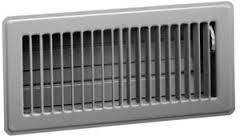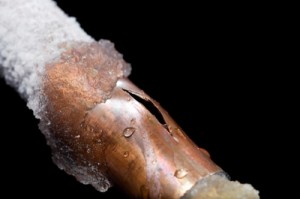 Can you shut off vents in unused rooms. You can turn off the heat in unused rooms however there are some things that you should consider before taking this step. Turning off the heat can have consequences as well as saving you money in terms of your overall heating costs for the winter. In addition in the summertime you may want to turn off the central air-conditioning distribution to those same rooms to reduce the amount of energy used to cool your house.
Can you shut off vents in unused rooms. You can turn off the heat in unused rooms however there are some things that you should consider before taking this step. Turning off the heat can have consequences as well as saving you money in terms of your overall heating costs for the winter. In addition in the summertime you may want to turn off the central air-conditioning distribution to those same rooms to reduce the amount of energy used to cool your house.
No Water Pipes in the Wall
Make sure there are no water pipes in the walls in any room where you shut off the heat. In some cases the water pipes are encased inside the outside wall of your house. Turning off the heat in that room could cause those pipes to become cold and even freeze in cold weather.
Water pipes can easily freeze in the wintertime and if you turn the heat off these pipes can freeze causing water leaks. As water turns to ice inside pipes, the ice expands and will break those pipes causing water leaks once the ice thaws.
Your insurance may not be willing to pay for damages if you did not heat the room or turn the water off to those pipes and drain them.
Can you shut off vents in unused rooms and Turn off The Heat
If you do turn the heat off in a room with water pipes you may also want to turn off the water to those rooms and drain the pipes to prevent the pipes breaking if the water where to freeze in the water pipes. Draining individual water pipes in the home is almost impossible unless you could isolate those particular water pipes from all other sources.
Aside from worrying about freezing pipes, consumers can turn the heat off and close the door and not be concerned about the cooler room. They will save some energy costs in that they do not need to heat as much space as normal during the winter. And as we mentioned at the beginning of the post closing off the vents during the summer and not cooling the same room will also save energy by not having to cool that particular room.
If there’s any doubt that there might be water pipes inside the walls of the room that you’re thinking about turning the heat off and not heating that particular room then we suggest that you continue to heat the room during wintertime to avoid any possibility of any kind of accident. Water damage to a room in a home can amount to thousands of dollars in damage. Most people cannot afford this. If nothing else, leave the heat on in the room. Just turn down the temperature in that particular room to reduce the cost of heating that particular area. You also should confirm how much insulation is in the walls. The insulation is protecting the water pipes and also insulating your home. You may want to increase the level of insulation in the walls to reduce your overall heating cost.
